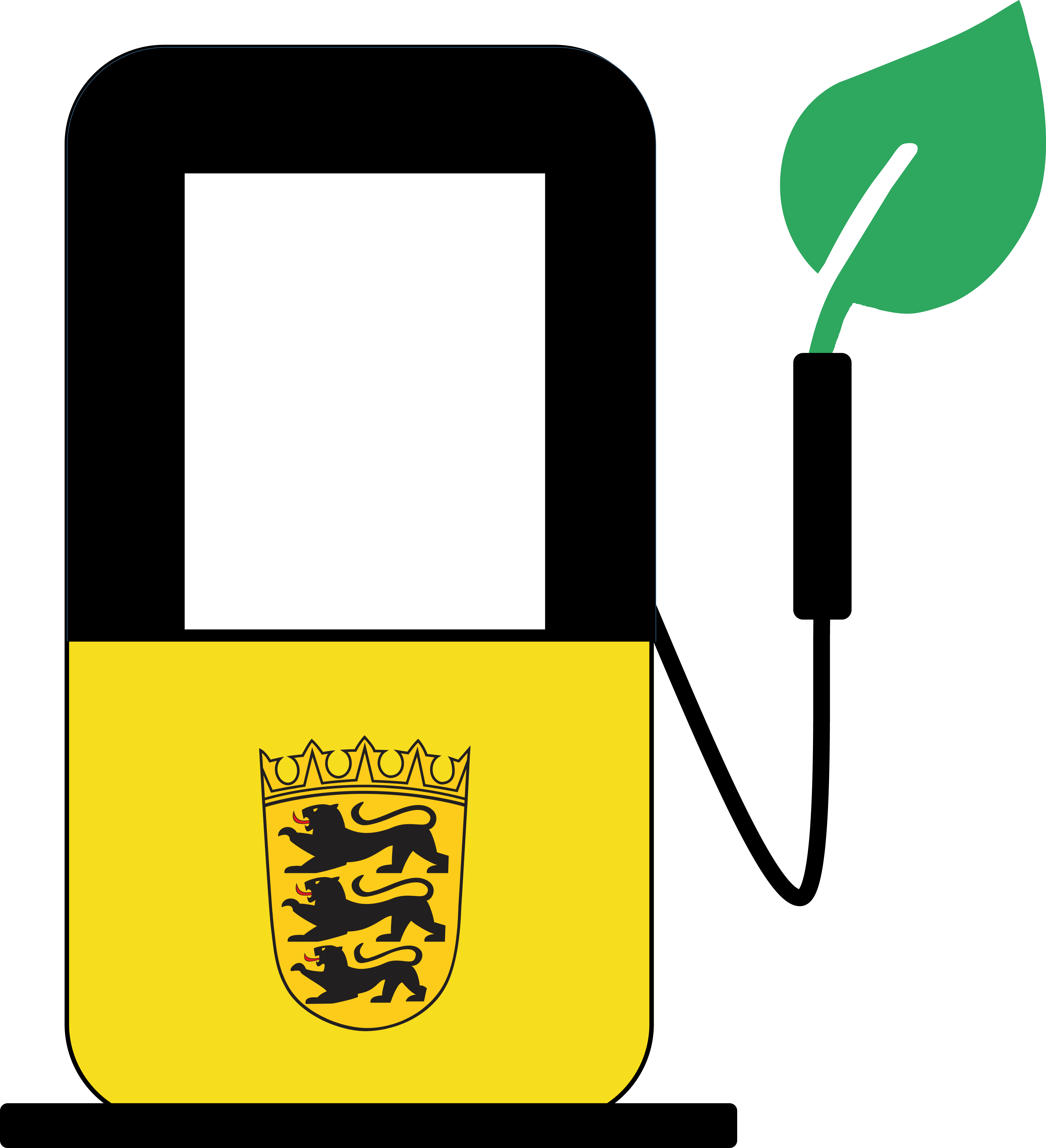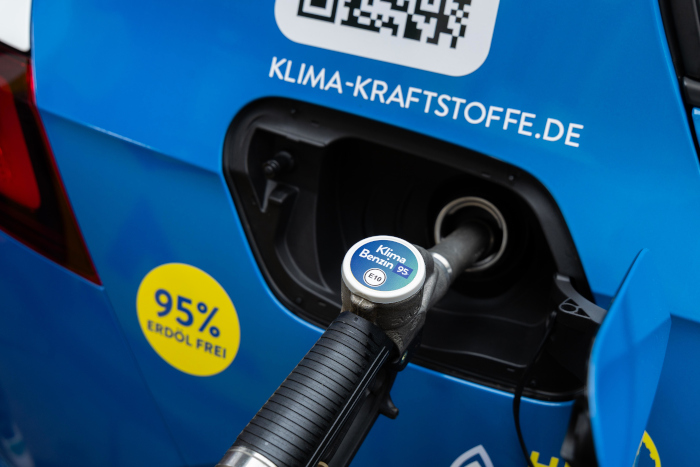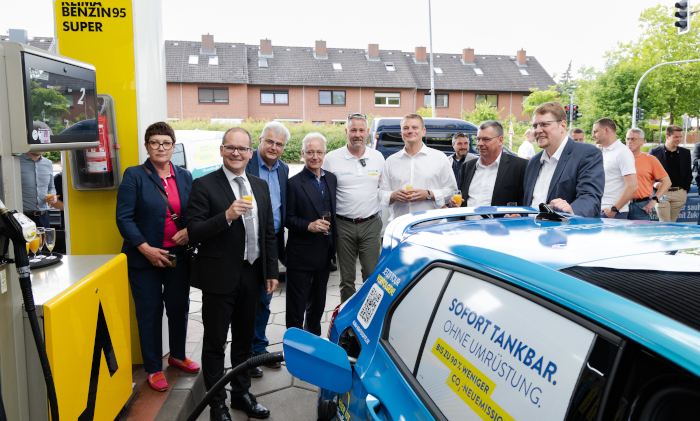Everything you need to know about KlimaBenzin95
sprungmarken_marker_684
Introduction
With KlimaBenzin95, a virtually petroleum-free petrol fuel was made publicly available in Europe for the first time in June 2025. The launch at the CLASSIC filling station in Kirchweyhe (near Bremen) marks a milestone in the transformation towards more climate-friendly fuels - and shows that sustainable mobility does not have to be based on electromobility alone.
As a so-called "drop-in" fuel based on green methanol, KlimaBenzin95 can be used in existing vehicles without technical modifications and distributed via existing infrastructures. It therefore offers short-term potential for reducing emissions in road traffic.
What is KlimaBenzin95?
KlimaBenzin95 is a synthetically produced petrol based on the methanol-to-gasoline (MtG) process. Instead of fossil crude oil, green methanol is used - i.e. methanol obtained from renewable or biogenic sources.
The name stands for sustainability in two ways:
- "95" stands for the octane value, comparable to Super or E10
- At the same time, it means that 95% of the carbon in the fuel does not come from fossil sources
The fuel is completely drop-in capable, i.e:
✅ no adjustments to the engine necessary
✅ Miscible with conventional petrol
✅ Can be used in existing logistics and filling station infrastructures
Technical properties
- Compliant with DIN EN 228 (for gasoline)
- No loss of performance compared to conventional E10
- Compatible with catalytic converters, injection systems and components in current petrol engines
- Emission behavior (e.g. particulate matter, NOₓ) comparable to Super Plus
Carbon footprint & sustainability
According to the manufacturer, KlimaBenzin95 saves up to 90% CO₂ compared to fossil gasoline. This saving results from the use of green methanol, the production of which uses CO₂ from biogenic sources or industrial waste gases.
This means that
- Carbon remains in the cycle instead of releasing additional CO₂ from fossil sources
- No "net new emissions" - only re-emission of the previously sequestered CO₂
Produktion & Verfahren
Das Herstellungsverfahren basiert auf dem bewährten Methanol-to-Gasoline-Prozess, bei dem aus Methanol durch Katalyse ein flüssiger Ottokraftstoff erzeugt wird.
Derzeit stammt das Produkt aus einer Forschungs- und Pilotanlage der TU Bergakademie Freiberg.
Ab 2027 ist der Aufbau einer industriellen Produktionsanlage im niedersächsischen Steyerberg geplant.




